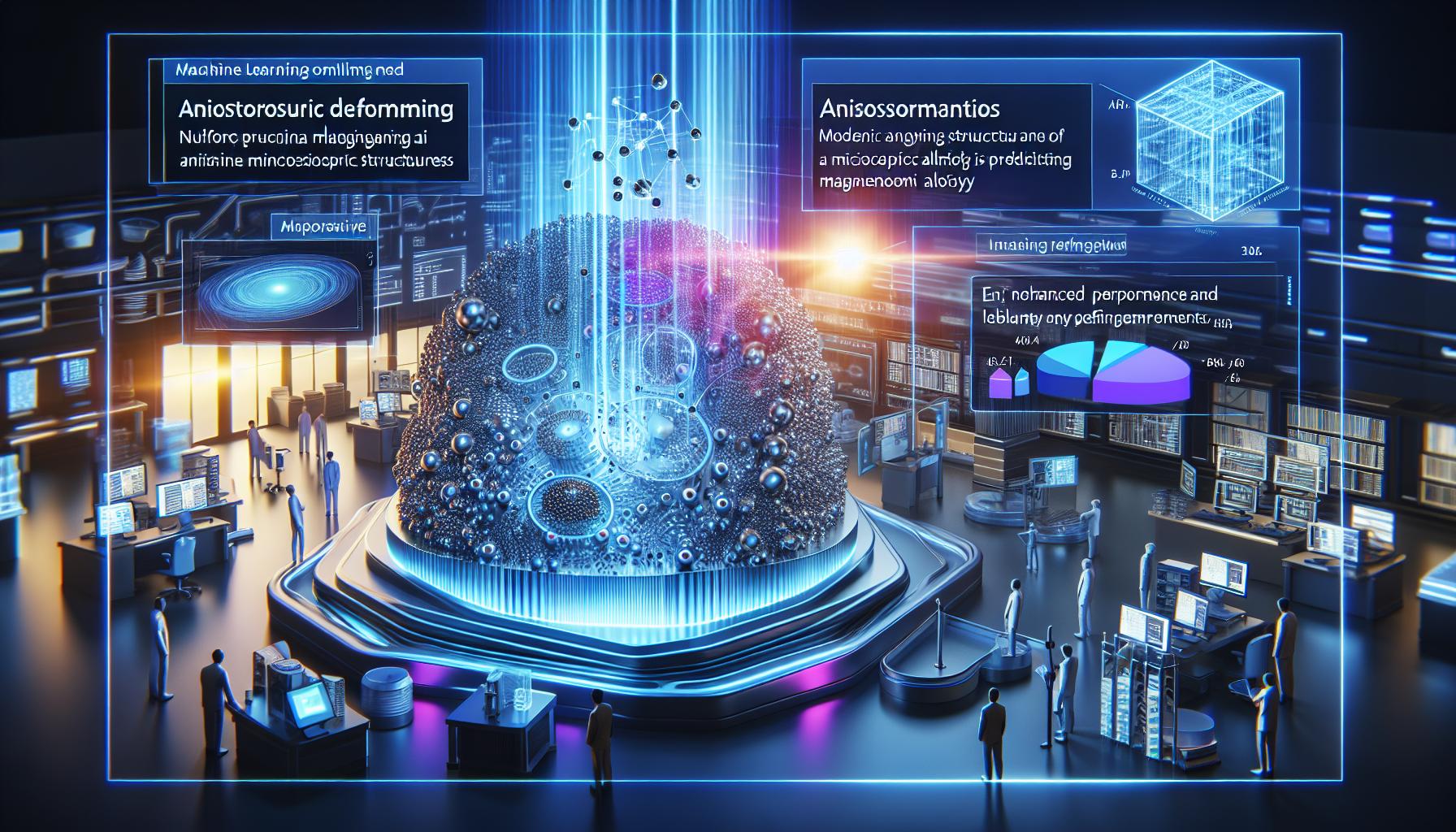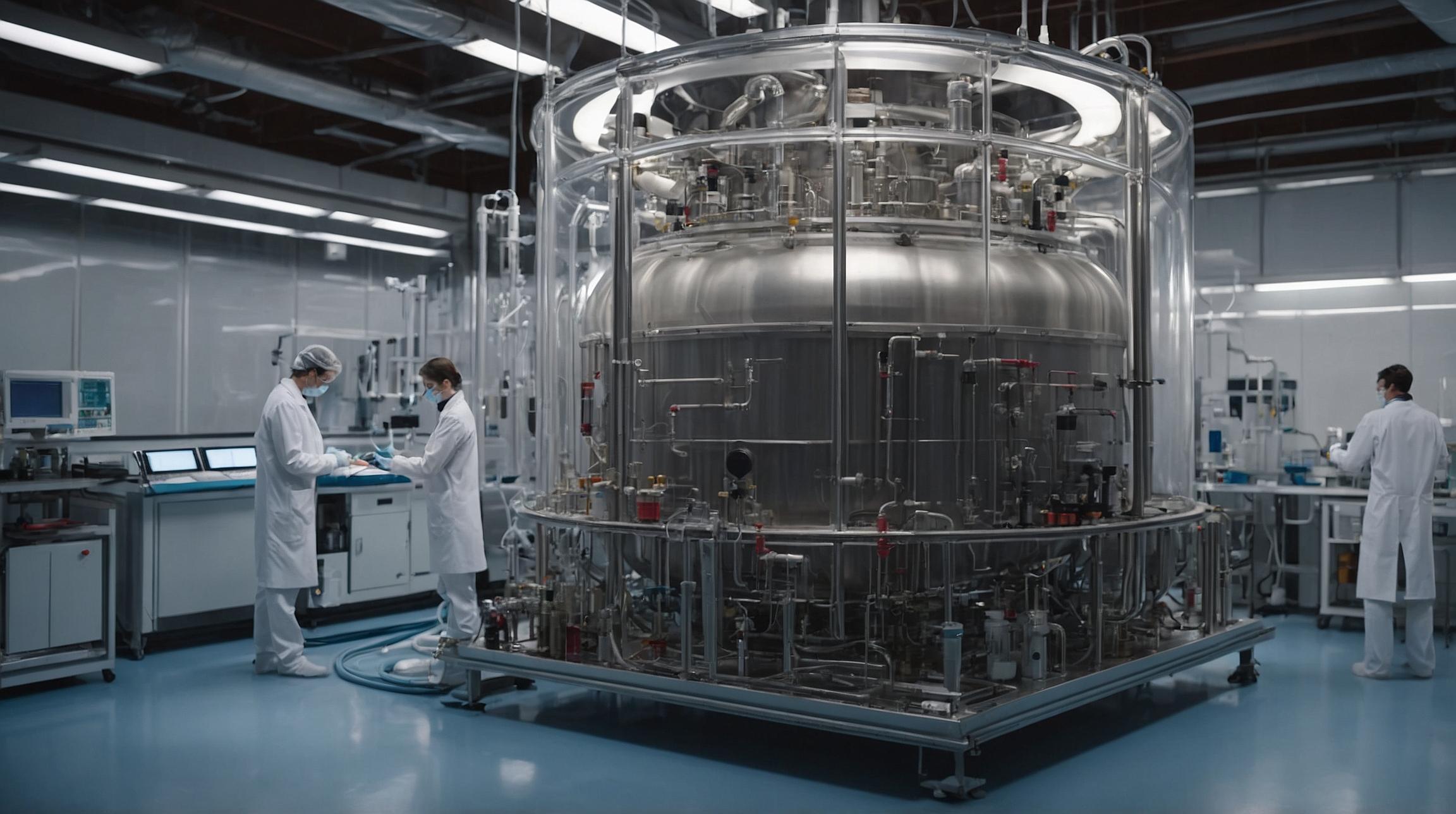Machine Learning Predicts Anisotropic Deformations in Magnesium Alloys with Great Robustness and Generalizability
Magnesium alloys are widely used in aerospace and automotive industries due to their high strength-to-weight ratio and biocompatibility. However, these alloys exhibit anisotropic behavior, meaning their mechanical properties vary depending on the direction of the applied load. To ensure the durability and performance of magnesium alloys, it is crucial to understand and predict these anisotropic deformations.
A research team led by Associate Professor Taekyung Lee from Pusan National University in Korea has developed a machine learning-based approach to accurately predict the plastic anisotropic properties of magnesium alloys. Their work, published in the Journal of Magnesium and Alloys, introduces a novel model called “Generative adversarial networks (GAN)-aided gated recurrent unit (GRU)” that holds great promise in the field.
The team recognized the need to improve the accuracy and generalizability of machine learning predictions for anisotropic deformations. Their model incorporates data augmentation, which allows for better accuracy and generalization for various loading modes. By combining techniques such as GAN, algorithm-driven hyperparameter tuning, and GRU architecture, the team was able to build a model that learns from the entire flow-curve data rather than summarized mechanical properties.
To evaluate the reliability of their model, the team conducted tests to estimate the anisotropic behavior of magnesium alloys under different loading directions and annealing conditions. The model consistently demonstrated superior robustness and generalizability compared to other existing models in similar tasks. This improved performance is attributed to the use of GAN-aided data augmentation, GRU architecture with excellent extrapolation ability, and optimization of hyperparameters.
The implications of this research are significant for the design and manufacturing of metal products made from magnesium alloys. The ability to accurately predict anisotropic deformations can greatly improve the overall performance and lifespan of components. With further development and integration with finite-element analysis, this machine learning model has the potential to revolutionize material design and deformation management in various applications.
In conclusion, Associate Professor Taekyung Lee and his team have made a breakthrough in the field of predicting anisotropic deformations in magnesium alloys. Their innovative machine learning model shows great robustness and generalizability, surpassing existing methods in accuracy and performance. This research opens new doors for the design and manufacturing of metal products, ensuring their durability and performance in various industries.
Analyst comment
Positive news: Machine learning predicts anisotropic deformations in magnesium alloys with great robustness and generalizability. The market for magnesium alloys in aerospace and automotive industries is expected to benefit from improved design and manufacturing processes, leading to enhanced durability and performance of components. This research has the potential to revolutionize material design and deformation management, creating new opportunities and advancements in various applications.













